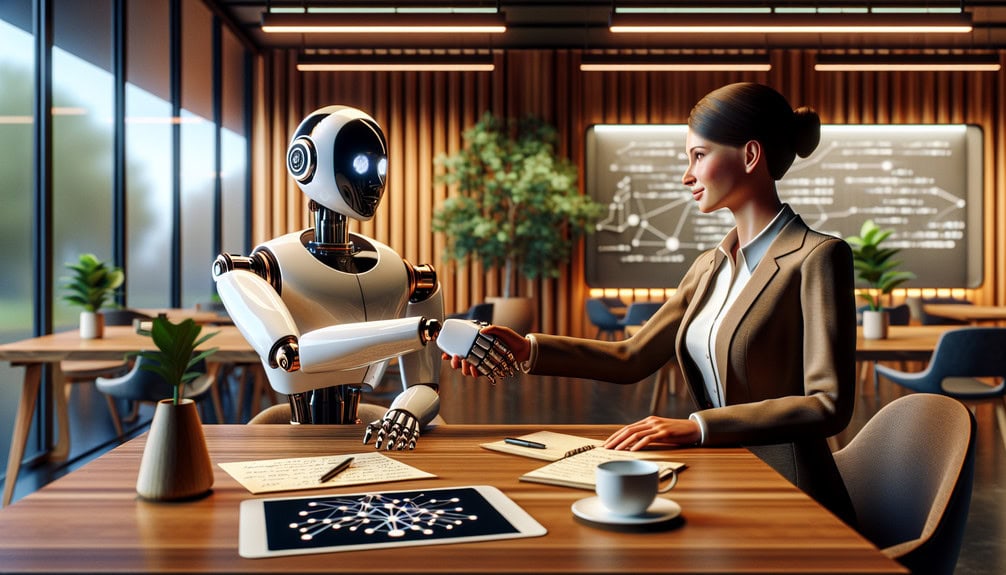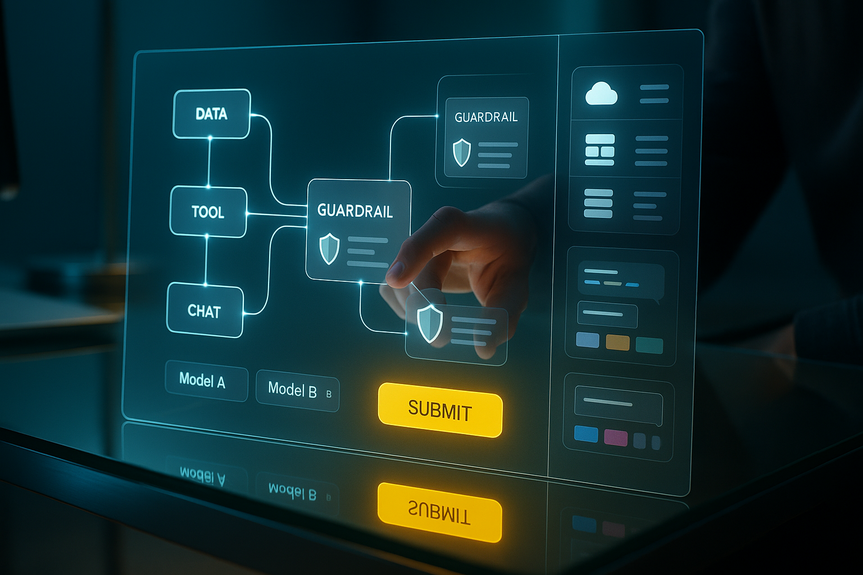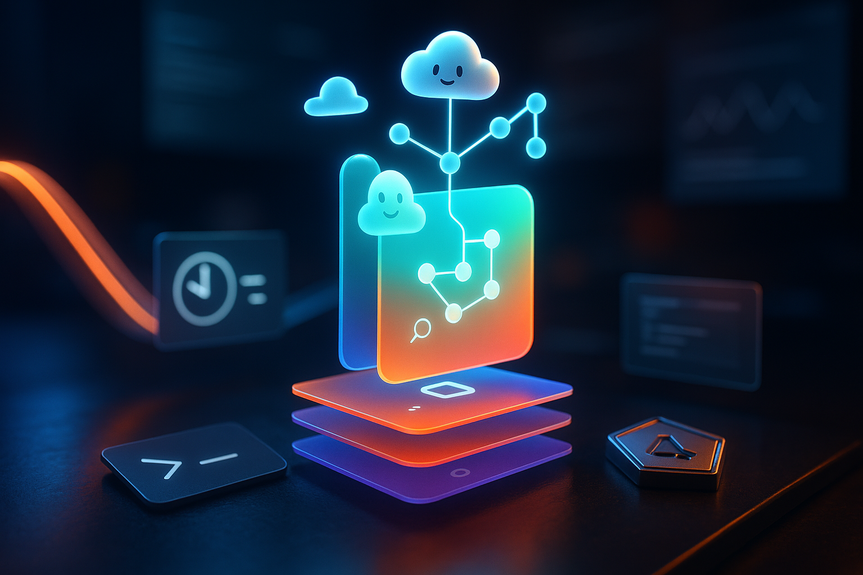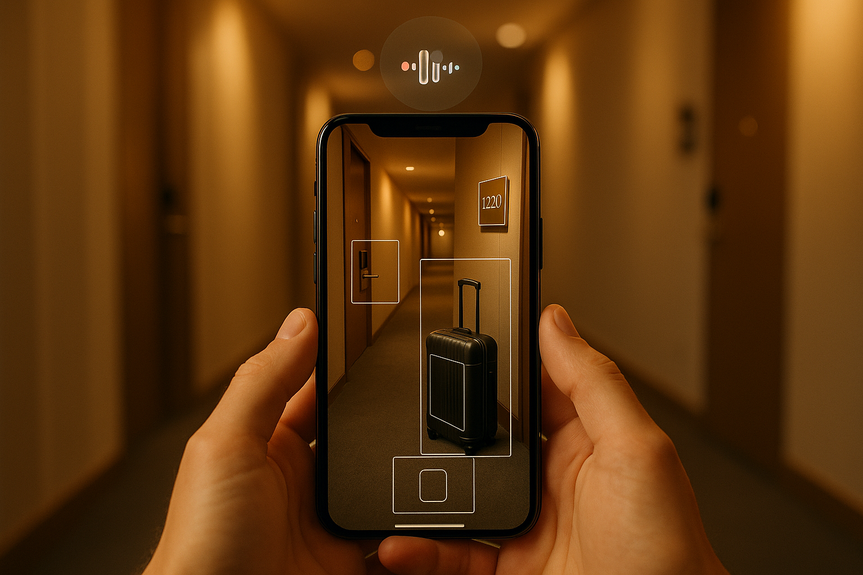
AI News
02 Feb 2025
Read 5 min
Human-Centered AI: Balancing Technology with the Human Touch
Discover Human-Centered AI: Where innovation meets empathy to create smarter, user-focused technology.
What is Human-Centered AI?
Human-Centered AI focuses on designing artificial intelligence systems that prioritize human needs and values. Instead of replacing people, these systems assist and enhance human abilities. They aim to make technology feel more intuitive and accessible to users. This approach ensures that automation and innovation do not lose sight of the importance of empathy, ethics, and trust.
AI developers use this philosophy to guide decisions when creating tools for education, healthcare, business, and other major industries. The goal is to create smarter solutions that still rely on the wisdom and morals of human oversight.
Why Keeping the Human Touch Matters
AI systems are capable of automating repetitive tasks, analyzing vast amounts of data, and much more. While these advancements increase efficiency, they also carry the risk of making interactions feel cold or impersonal. Keeping the human touch in AI maintains a sense of trust and reliability, especially in fields like customer service, healthcare, and mental health support.
People value soft skills such as empathy and understanding. These qualities cannot be fully replaced by algorithms or code. Balancing AI’s efficiency with human oversight ensures that communication feels natural and sensitive, even when driven by technology.
How Businesses Can Achieve the Balance
Integrating Human-Centered AI into business strategies requires planning and clear goals. Here are some methods for maintaining this balance:
1. Invest in User-Focused Design
- Make systems easy to use for different types of users, including non-technical individuals.
- Test systems with real users to gather feedback and pinpoint issues before launch.
- Design interfaces that are both functional and intuitive.
2. Use AI as a Tool, Not a Replacement
- Implement AI to support human tasks, not entirely take them over.
- Allow human workers to oversee AI systems to catch errors or biased outcomes.
- Focus on cooperation between humans and machines.
3. Train Employees for AI Interaction
- Teach workers how AI systems work and how to use them efficiently.
- Provide resources on managing ethical issues that may arise with AI tools.
- Encourage teams to blend analytical and emotional intelligence in their work.
4. Emphasize Data Privacy and Ethics
- Build trust by ensuring that personal data is handled securely.
- Establish clear guidelines for AI usage to avoid misuse of technology.
- Communicate openly with users about how and why data is collected.
Examples of AI and the Human Touch in Action
Many industries are already using AI tools in ways that respect the balance between technology and humanity. Here are a few examples:
Healthcare
- AI-powered diagnostic tools help doctors make better decisions but leave final calls to human professionals.
- Patient portals enhanced by AI chatbots provide quick answers but escalate sensitive issues to real staff.
Education
- Learning platforms like language apps adapt to individual progress through AI while keeping tutors and mentors involved.
- AI systems streamline administrative work, allowing educators to focus on teaching students.
Customer Service
- Virtual assistants address frequently asked questions quickly, improving response times.
- Live agents step in for complex matters or when customers need personalized support.
The Role of Ethics in Human-Centered AI
One of the biggest concerns with AI is that it might reflect or even amplify biases present in its code or training data. A human-centered approach ensures that developers take steps to identify and correct any biases before deploying their systems. This includes sampling diverse data and continuously monitoring AI performance over time.
Ethics also involve ensuring fairness, accountability, and transparency when building AI tools. Decisions powered by AI should be explainable. This means users and developers alike can understand how the system arrived at an outcome, fostering trust in the technology.
The Benefits of Balancing AI with Humanity
Maintaining the human touch in AI systems offers many benefits to individuals, organizations, and society. Some advantages include:
- Increased trust in technology, leading to improved adoption rates.
- Enhanced user satisfaction due to improved communication and empathy.
- Better decision-making through collaboration between humans and machines.
- Reduced risks of bias and ethical issues occurring in AI decision processes.
Conclusion
Investing in Human-Centered AI ensures that advancements in technology serve humans ethically and effectively. By designing AI tools that blend innovation with emotional intelligence, companies and institutions can create environments that support both efficiency and empathy. This balance will play a critical role in the future of artificial intelligence as it becomes deeply integrated into our lives.
(Source: https://today.marquette.edu/2025/01/perspectives-in-applied-ai-keeping-the-human-touch/)
For more news: Click Here
Contents






